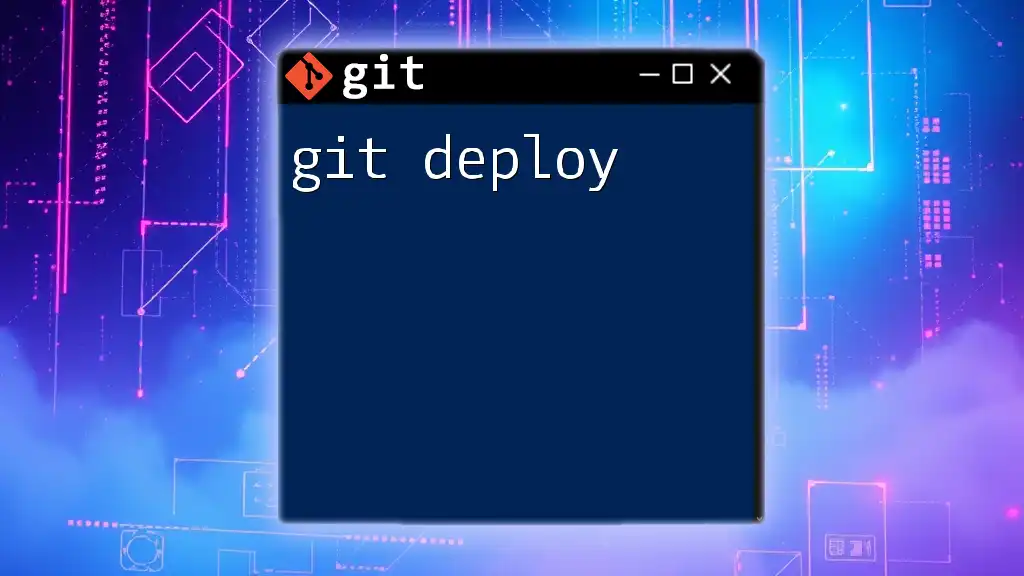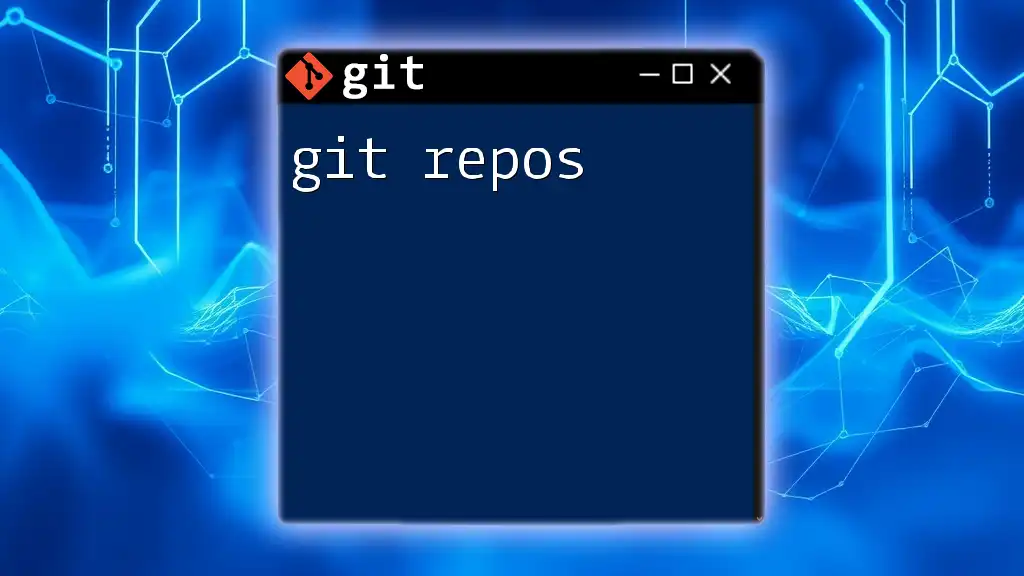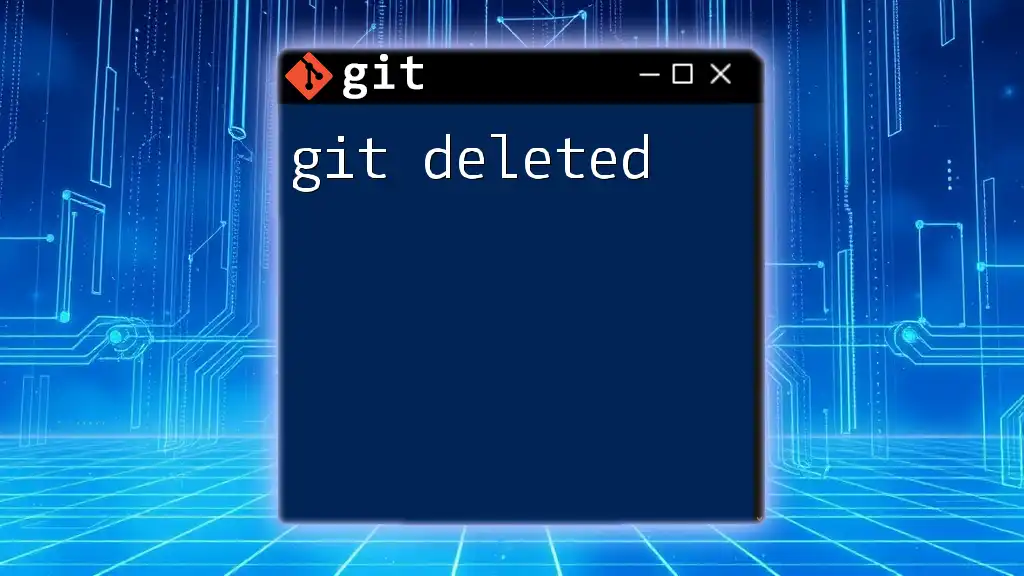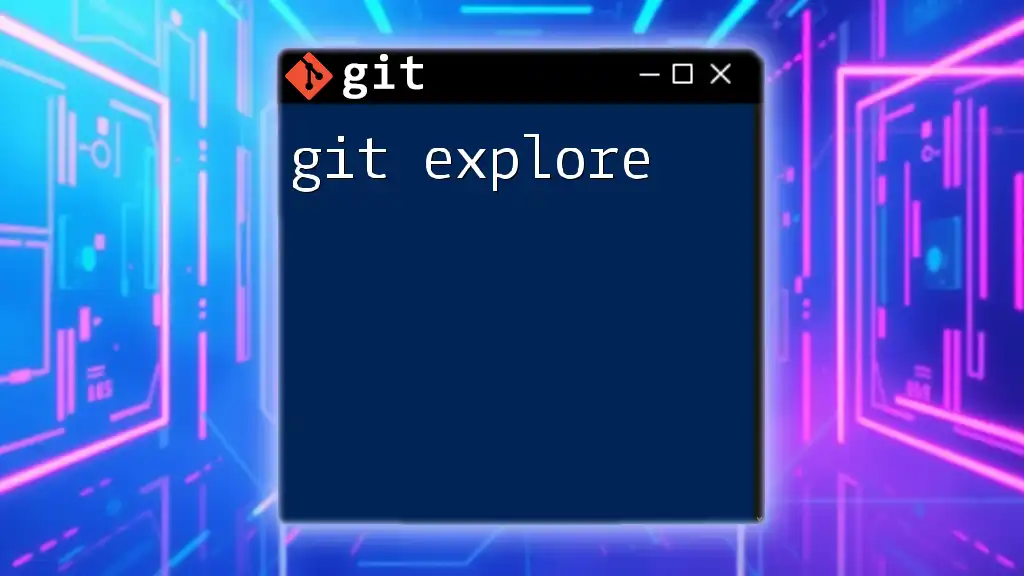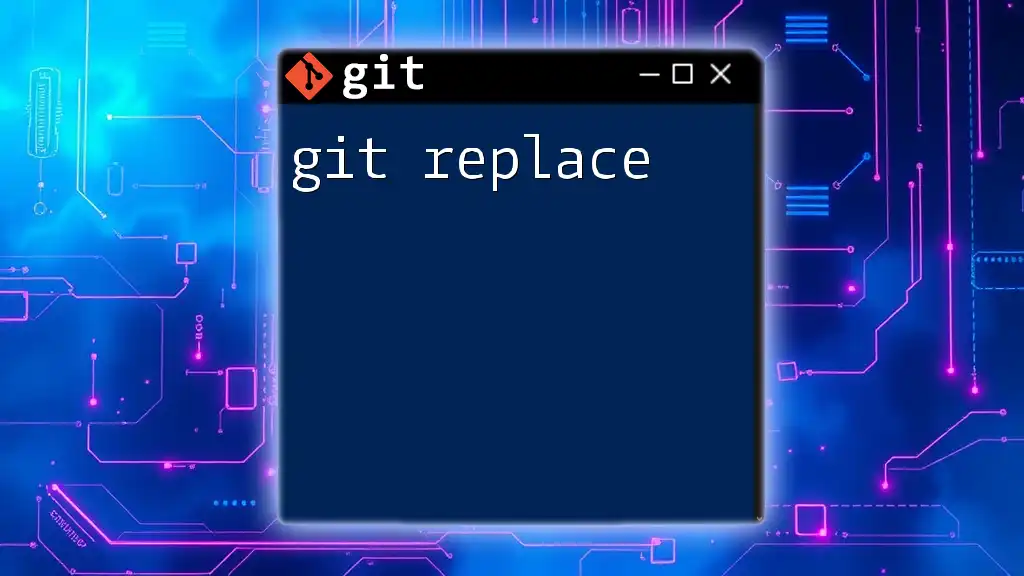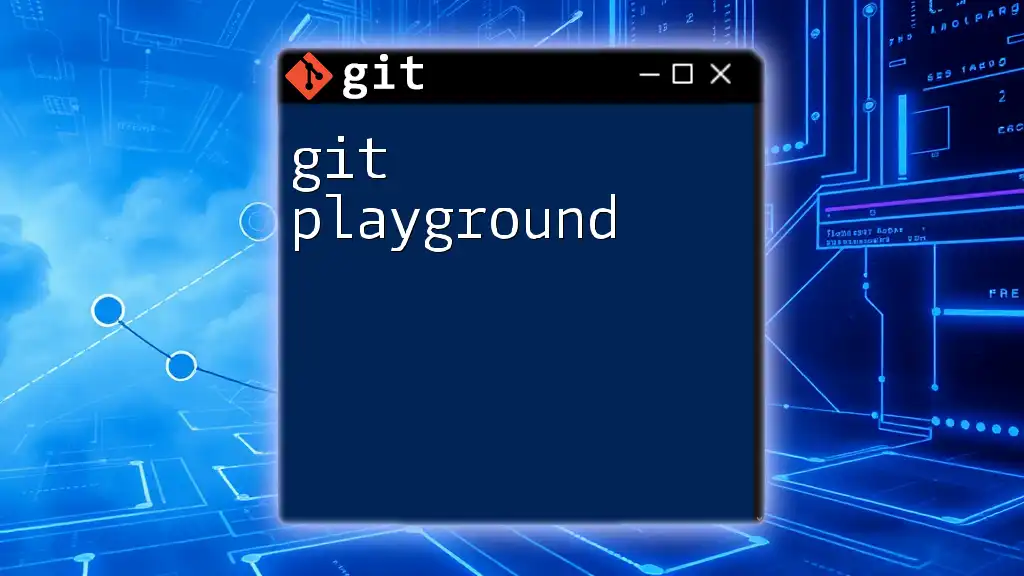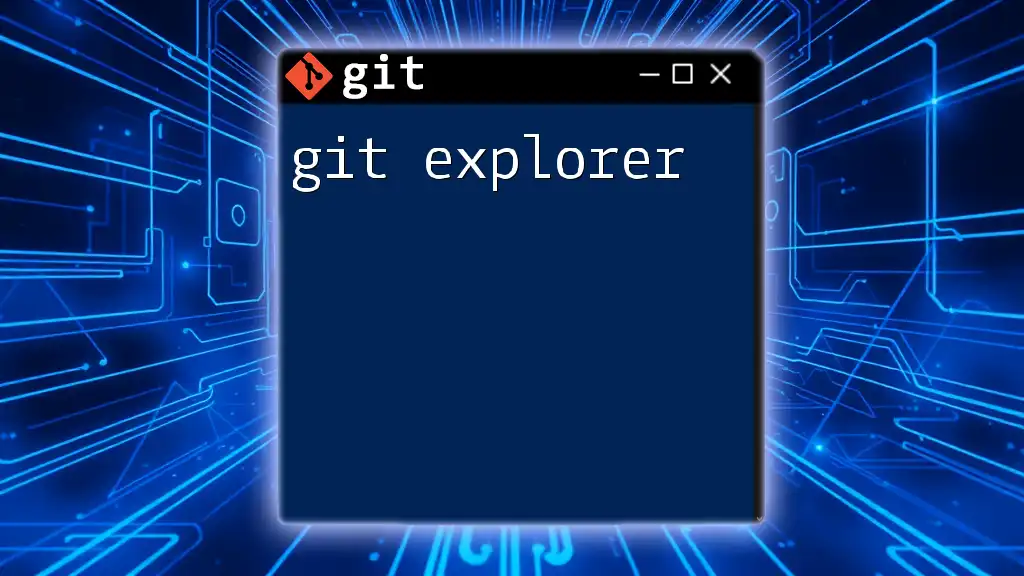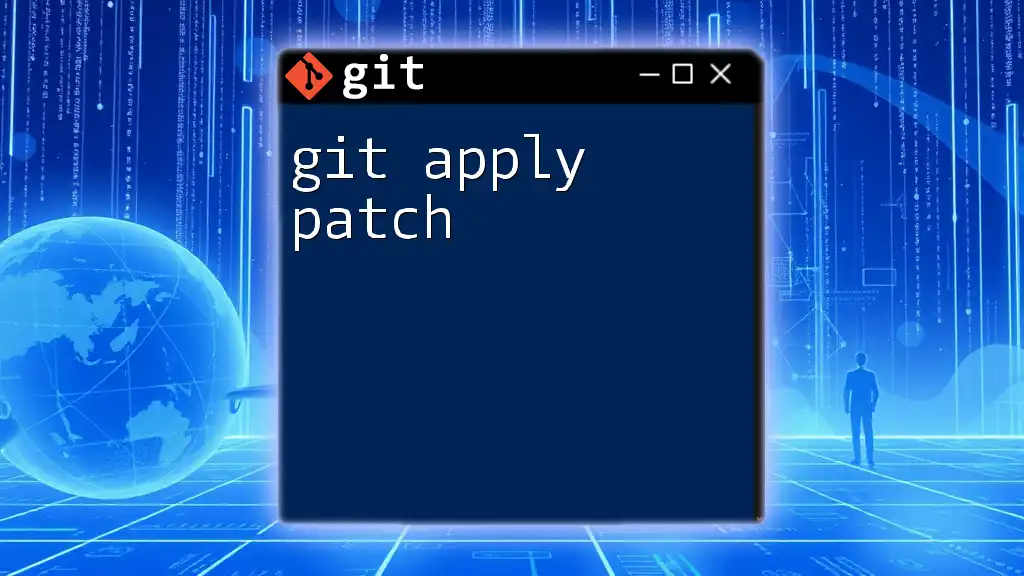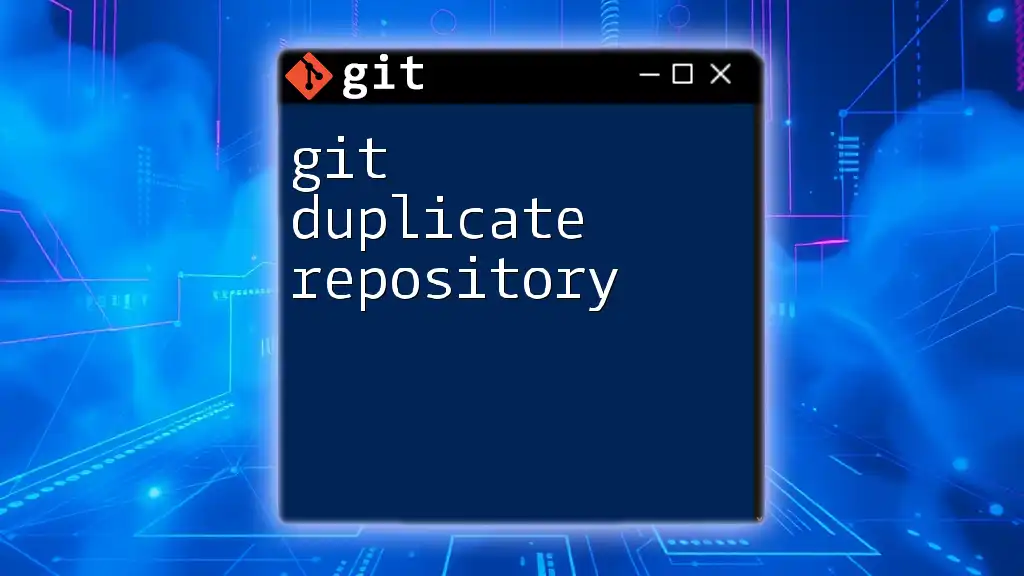"Git deploy is the process of using Git to transfer and set up code in a production environment, often involving commands that push the local repository changes to a remote server."
Here’s an example of a basic Git deployment command in markdown format:
git push origin main
Understanding Deployment Concepts
What is Deployment?
Deployment refers to the process of transferring code from a development environment to a production environment where real users can interact with it. This transition is crucial as it ensures that your application remains relevant and functional. It's essential to distinguish between staging and production environments. Staging is a replica of the production environment where you can test new features or changes thoroughly before they go live.
Common Deployment Strategies
There are several strategies for deployment, each with its own benefits and caveats:
-
Blue-Green Deployment: This strategy involves maintaining two identical environments. While one (Blue) is live, you prepare and test the new version on the other (Green). Once testing is complete, you switch traffic from Blue to Green with minimal downtime.
-
Canary Releases: This approach enables you to deploy an update to a small subset of users before rolling it out to everyone. This way, you can monitor the performance and identify potential issues early on.
-
Rolling Deployments: Here, you update a subset of your servers at a time, gradually replacing the old version with the new version. This allows for a smooth transition without affecting all users simultaneously.
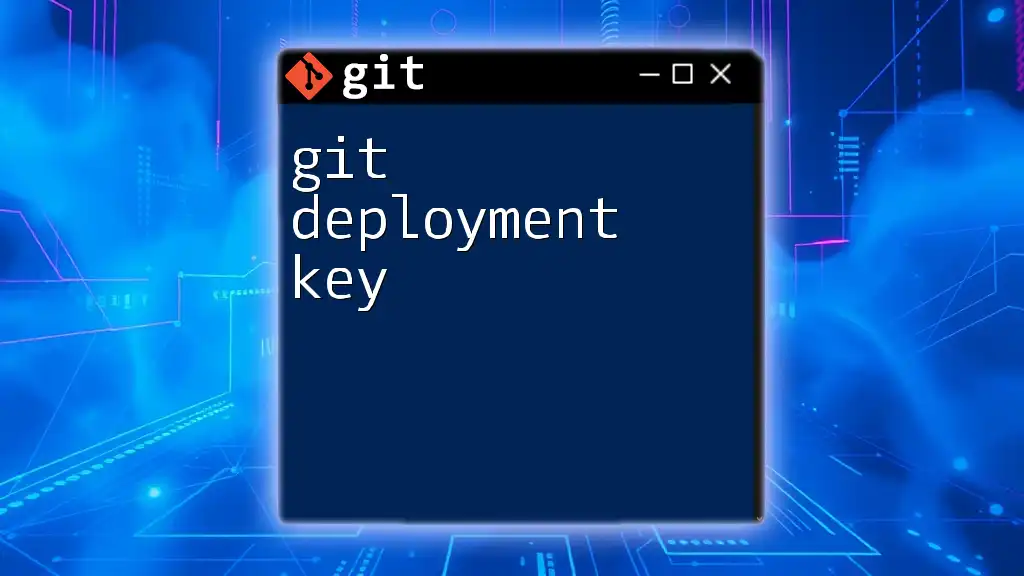
Setting Up Your Environment for Git Deploy
Prerequisites for Deploying with Git
Before initiating a `git deploy`, you need to understand your hosting environment, which could be a Virtual Private Server (VPS), Platform as a Service (PaaS), or shared hosting. Make sure you have the necessary tools installed, such as Git, SSH for secure connections, and any specific deployment tools required by your hosting service, like Capistrano or the Heroku CLI.
Creating a Production Branch
Setting up a separate production branch in Git is vital for maintaining code stability. This branch houses the code that will be deployed to production, ensuring that only tested and approved features make it to the live version.
To create and push a production branch, you can use the following commands:
git checkout -b production
git push origin production
This creates the production branch and pushes it to your remote repository, making it ready for deployments.
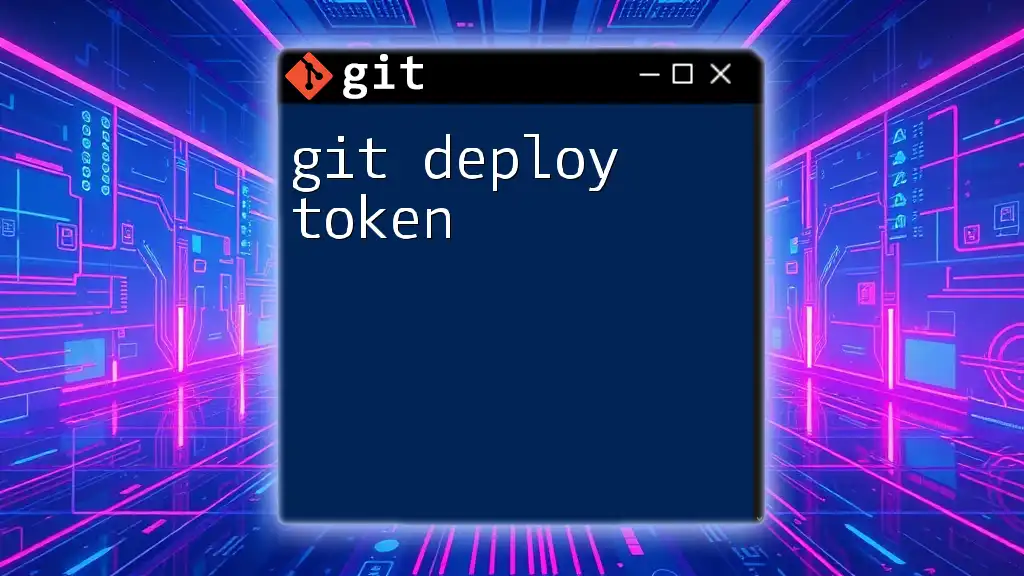
Common Git Deployment Methods
Deploying with Git on Remote Servers
Using Git to deploy code to remote servers is one of the most efficient methods. First, ensure that you have SSH access to your server. Once confirmed, you can clone your repository directly into the production directory:
git clone <repository-url> /path/to/deployment-folder
This command creates a copy of your repository in the specified deployment folder. After cloning, you can pull updates as necessary with `git pull origin production` to keep your production code up to date.
Using Git Hooks for Automation
Git hooks enhance deployment automation significantly. A hook is a script triggered by specific Git actions, allowing for integration with your deployment process seamlessly.
For example, a `post-receive` hook can automatically deploy code after a commit is made to the production branch. You might add the following lines in a file named `post-receive` under the `.git/hooks` directory on your server:
#!/bin/sh
GIT_WORK_TREE=/var/www/myapp git checkout -f
This command checks out the latest version of your app into the `/var/www/myapp` directory whenever code is pushed. Make sure to give executable permissions to your hook file by running:
chmod +x .git/hooks/post-receive
Deploying with Continuous Integration/Continuous Deployment (CI/CD)
Integrating Git with CI/CD tools is a modern approach to deployment that automates the process. Tools like GitHub Actions or Travis CI continuously test and deploy your code each time you push updates.
Here is a simple example of a CI/CD configuration file using GitHub Actions:
name: CI/CD Pipeline
on:
push:
branches:
- production
jobs:
deploy:
runs-on: ubuntu-latest
steps:
- name: Checkout code
uses: actions/checkout@v2
- name: Deploy to Server
run: ssh user@your-server 'cd /path/to/deploy && git pull origin production'
In this YAML configuration, every push to the production branch triggers an automatic deployment by SSH-ing into the server and pulling the latest changes.
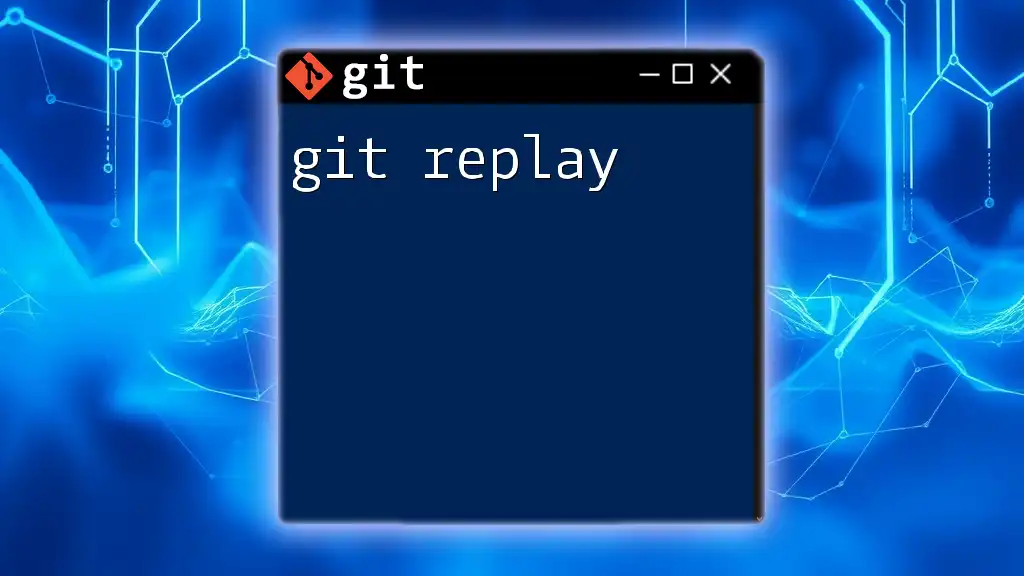
Best Practices for Git Deployment
Version Control Best Practices
To maintain a clean and efficient deploy process, adhering to best practices in version control is critical. This starts with writing clear, meaningful commit messages, making it easier for your team to understand changes. Use tags to mark stable releases, facilitating quick access to versions that are deployed and functional.
Testing Before Deployment
Before making any deployment, rigorous testing should take place. Ensure you have a suite of tests in place, including unit tests and integration tests. Tools like Jest for JavaScript or Mocha for Node.js are ideal for automating this process. It is crucial to catch errors before they affect users in the production environment.
Rollback Strategies
In the event something goes wrong after deployment, it’s essential to have a rollback strategy. For instance, if a previous version is functioning correctly, use the following command to revert back to a specific commit:
git revert <commit-hash>
This will create a new commit that undoes the changes made by the specified commit, allowing you to quickly restore functionality.
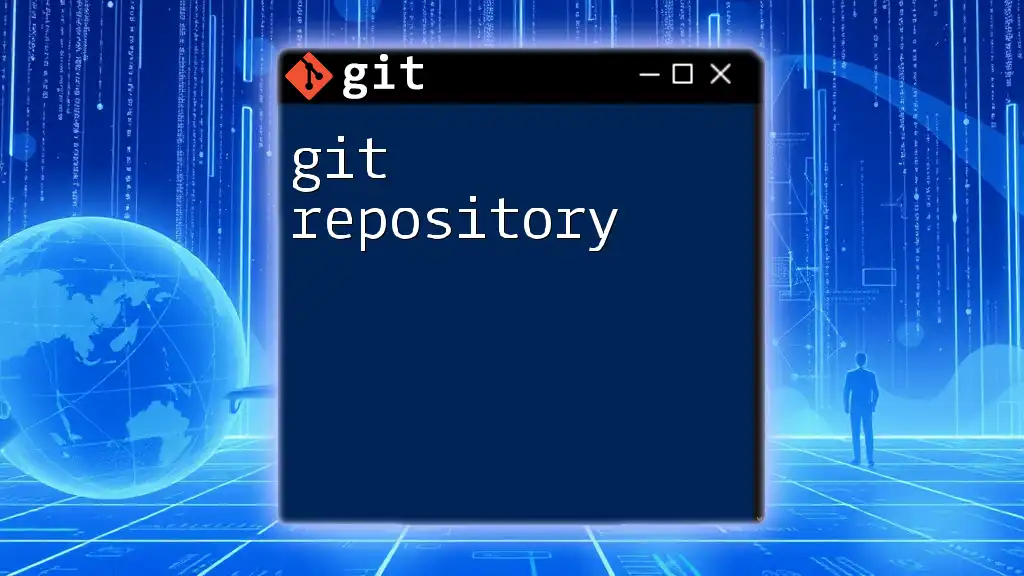
Troubleshooting Common Deployment Issues
Common Problems Encountered During Deployment
Deployment processes can sometimes face issues, including connection errors or permission problems. Familiarizing yourself with the most common errors and their resolutions will save you time and effort. For example, ensure your SSH keys are correctly configured, and the user has the right permissions to access the server.
Tools to Monitor Deployment Success
Monitoring the success of your deployment is paramount. Tools like Loggly or New Relic provide insights and alerts for your application, helping you track performance. Set up notifications to inform your team about successful or failed deployments, allowing for quicker responses to issues.
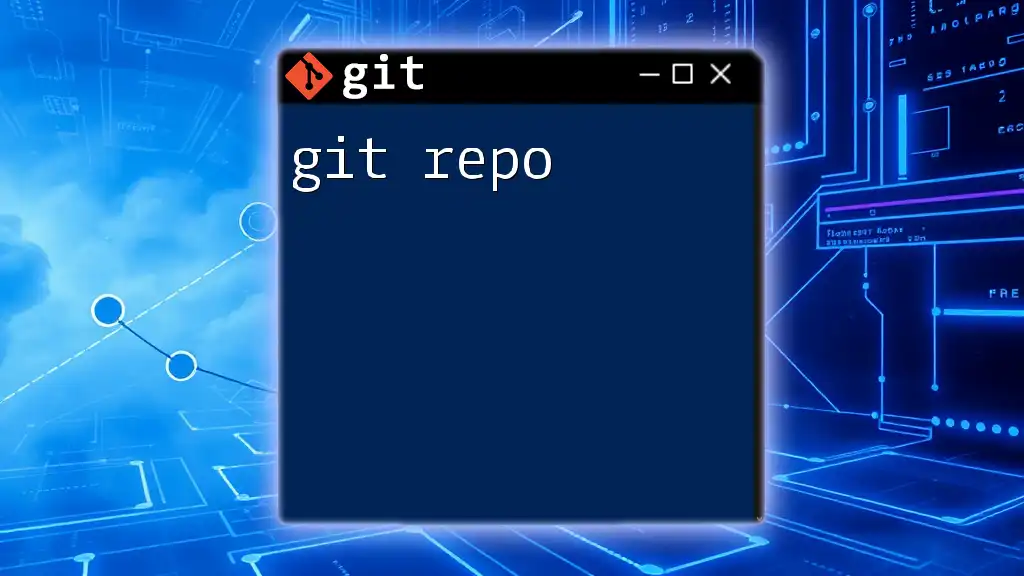
Conclusion
The process of `git deploy` is crucial for any production environment leveraging Git for version control. By understanding deployment strategies, setting up the right environment, and following best practices, you can ensure a smooth transition of code from development to production. Embrace these concepts and tools to enhance your deployment workflows and provide a seamless experience for your users.
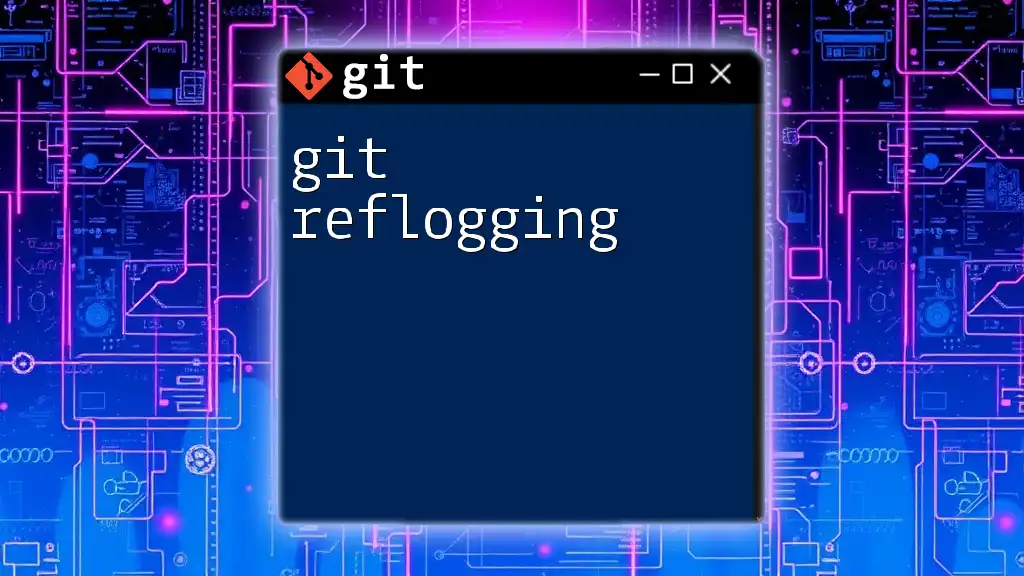
Additional Resources
Official Git Documentation
For further learning on Git commands and best practices, refer to the [official Git documentation](https://git-scm.com/doc).
Recommended Tools
Explore tools like Capistrano, Heroku, or GitHub Actions to streamline your deployment processes and automate tedious tasks.

